July 16, 2016
I have always thought that people who visit TV and film locations are a bit odd. I understand visiting historical sites, castles and battlefields and such. There’s an imprint of the lives lived in those places, and the feeling that those lives changed the way our world works today. It’s hard to believe a TV or movie film location would lend itself to the same kind of experience.
Despite this conviction, today I am on a pilgrimage to Avoca, real-life filming location for Ballykissangel. It is the one thing I regret not doing on my first visit to Ireland two years ago. And despite a last-minute tour cancellation, I’m determined to see the place where one of my favorite love stories was filmed.
I was in my early teens when my mother introduced me to Ballykissangel, and we watched it together right up until the end of the third season. There are six seasons in all, but I have never watched the last three. There didn’t seem to be much point, when the principle love story left the show at the end of season 3.
Even though it was played out in 26 fifty minute episodes, that love story still feels as alive to me today as it did when the show was first aired. It’s a story about two people who come from different backgrounds, different cultures, and different spiritual beliefs. They fight, argue, work together to help each other and their town, and ultimately challenge each other to be better than they would be alone. It is my favorite kind of love story, the kind where the two people are partners as well as lovers.
The sky is overcast as I leave the bustling seaside town of Arklow behind. Even though I’ve been on a bus and a train for the last 5 hours, this feels like the real start of my pilgrimage.
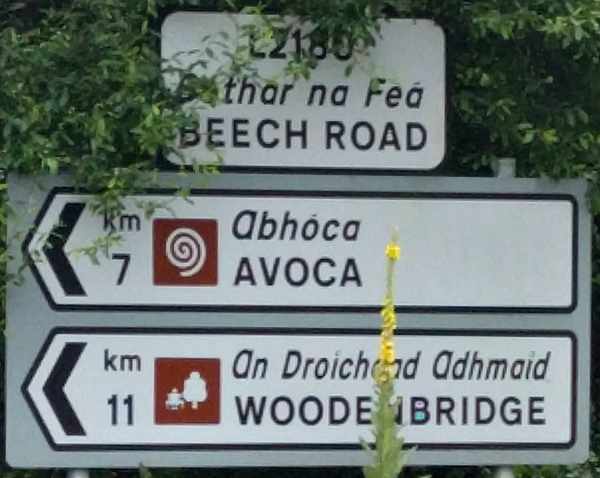
I’m on a rural two-lane road that cuts across the ridge-top from Arklow and drops down into the Avoca river valley on the outskirts of the village of Avoca. The road is surprisingly busy, with cars whizzing by at regular intervals in both directions.
As I crest the ridgetop, the hedges on either side of the road fall away and I finally get a good view of the rolling countryside.
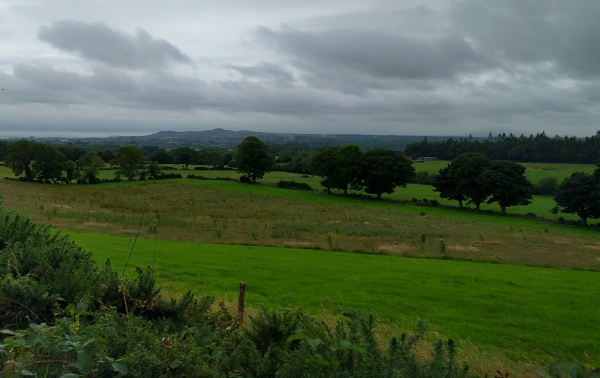
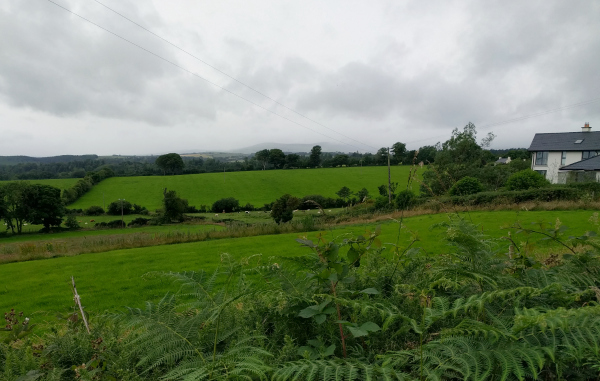
Even though the scenery isn’t nearly as stunning as the iconic opening scene of the show itself, I still feel as if I’m re-enacting the hike that Father Clifford took the first time he arrived in Avoca.
Two hours after leaving Arklow, I round a left-hand curve in the road and find that I’ve arrived on the outskirts of Avoca.
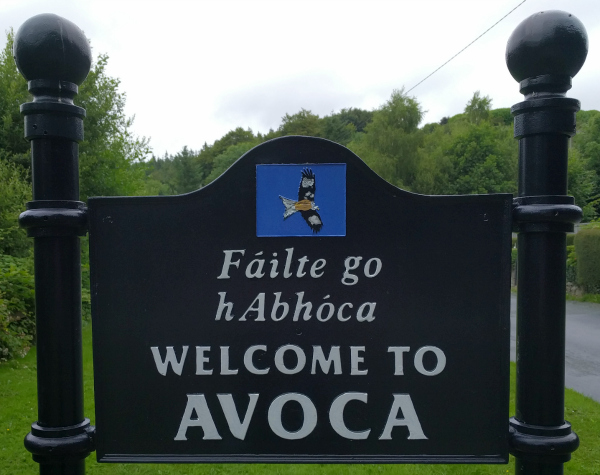
My heart starts beating faster with excitement. Any minute now I might round a corner and come face to face with a physical reminder of this fabulous show.
Further down the hill I pass a school on my right.
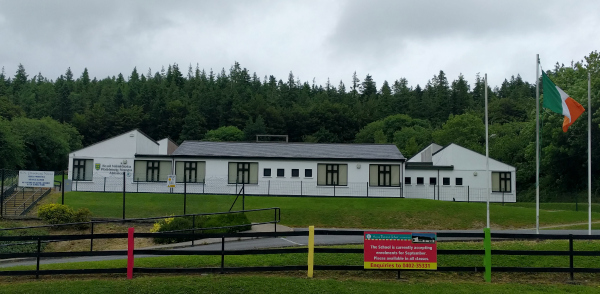
I’m nearly past it when I recognize the school from the TV show. The mind does funny things sometimes – even though I was thinking about locations from the show, this one was so familiar to me that it didn’t register as “something to pay special attention to” until several seconds later.
The road takes another abrupt left-hand turn, and there suddenly before me is Fitzgerald’s, looking exactly the same 20 years later as it did the day the first episode was filmed.
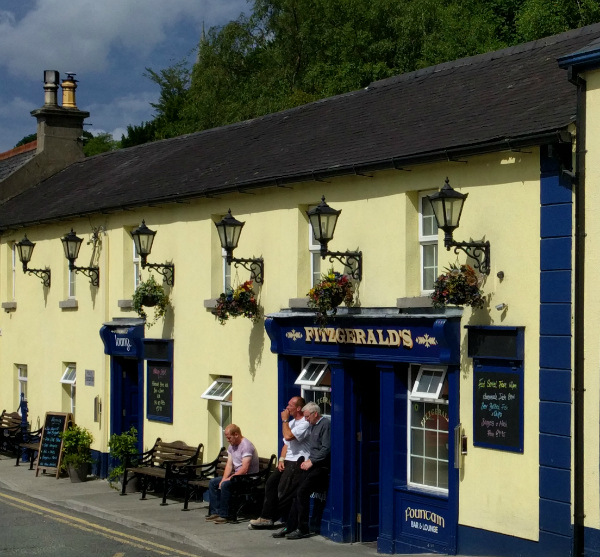
Originally the bar was called The Fountain, but it was given a new name for the filming of Ballykissangel. Assumpta Fitzgerald, the publican, was half of the dynamic love story of the show, and many of the scenes in the show took place inside the pub. Naturally, when tourists began to flock to Avoca, their first port of call was the pub where all the best bits of the show happened, and so the owners have simply left the Fitzgerald’s sign up all these years.
Across the street is Hendley’s Shop, looking almost the same as it does in the TV show (minus the chip takeaway restaurant added on to one side).
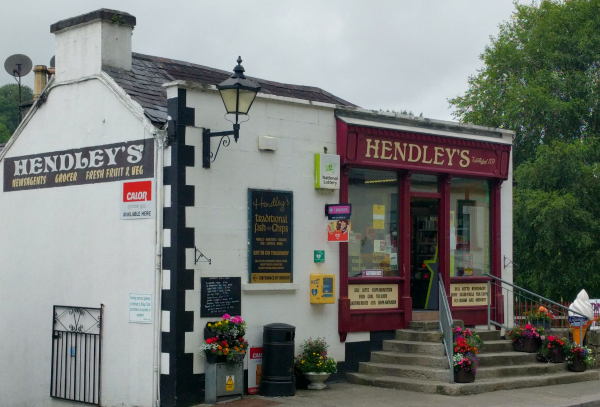
And just beyond Hendley’s is the bridge over the river Avoca. Unlike Fitzgerald’s and Hendley’s, which are instantly recognizable, this bridge is much too modern to fit with my memory of the TV show.
Nevertheless, the views from the bridge are quite pretty.
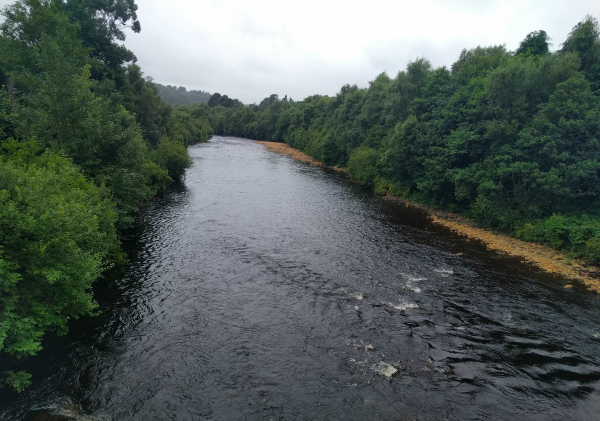
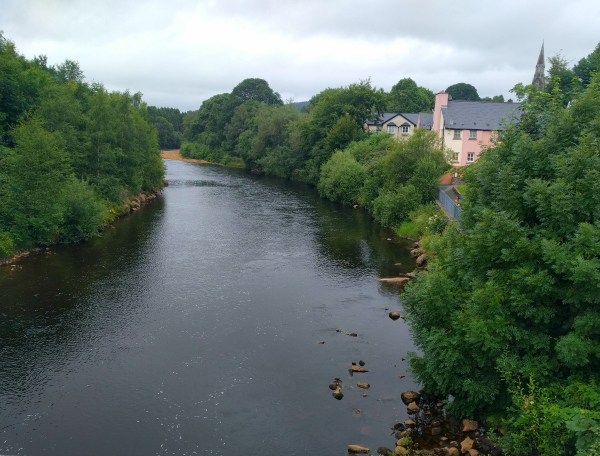
I continue to follow the main street past Hendley’s and Fitzgerald’s. This part is also familiar – the narrow curving road leading up out of the village, houses and shops all jumbled next to each other.
I pass a white house recognizable as the Garda station from the show. Any minute now I’m hoping to see the rest of the church come into view, not just the spire.
When I do, I’m hit with another shock of instant recognition. The church looks exactly as I remember it from the TV show.
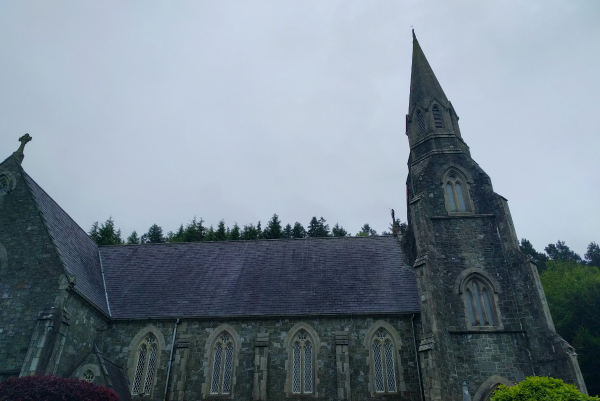
And just in front of the church is the priest’s house.
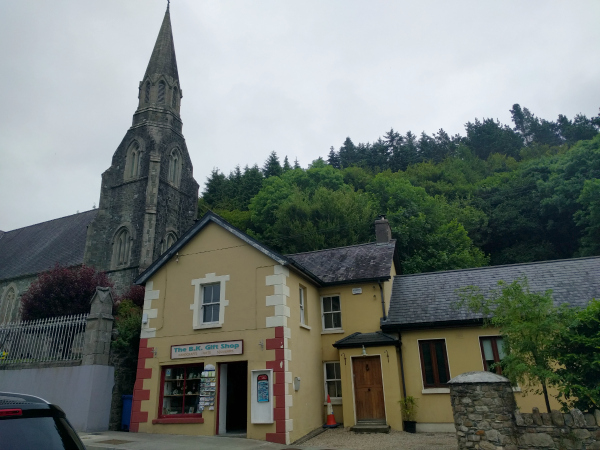
In the TV show, it had a bright red door. Today the color scheme has changed a bit, but it’s definitely recognizable.
After Fitzgerald’s pub, the church and the priest’s house were used a lot in filming. That’s because Father Clifford, the other half of the love story, arrives at the start of the show as the new English priest for this village.
The door to St. Patrick’s church is open, and I can almost close my eyes and imagine Father Clifford standing there greeting his parishioners as they exit after mass.
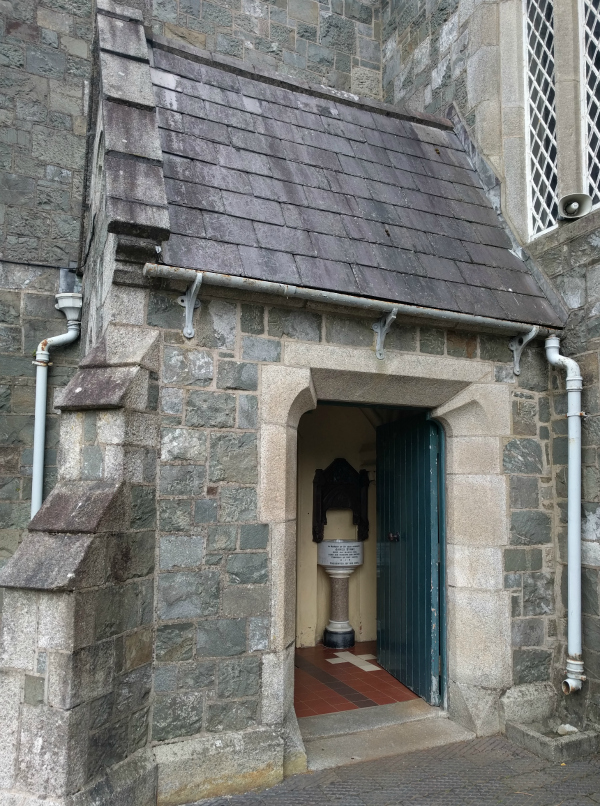
Going into the church itself is an odd experience. Although several scenes take place here, I find that my memory of what the church itself looks like is almost non-existent.
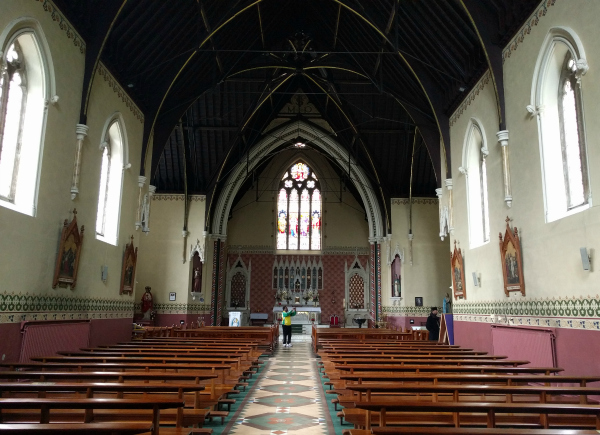
TV associations aside, it’s a very pretty church. The confessionals are stately
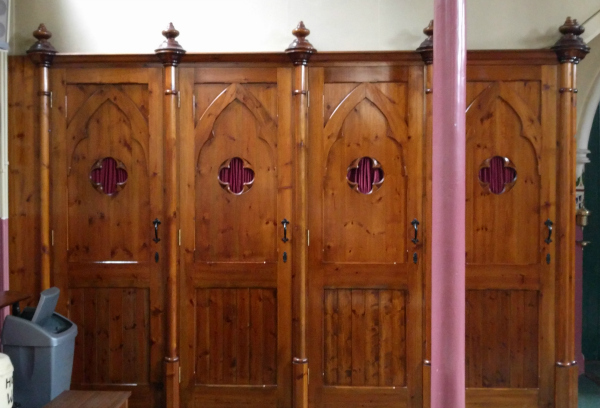
and the altar simple but beautifully crafted.
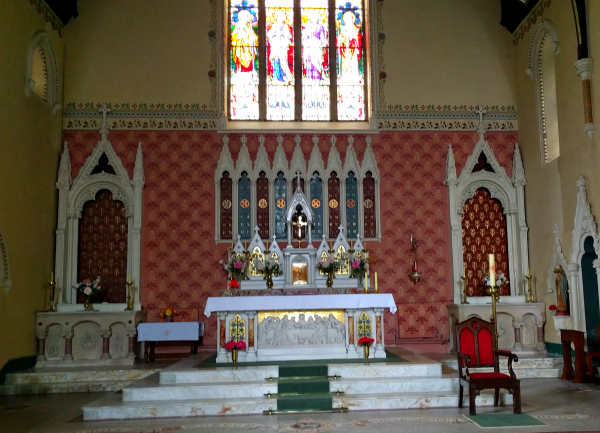
Best of all, someone with a sense of humor has left this jug of holy water out on a table in back.
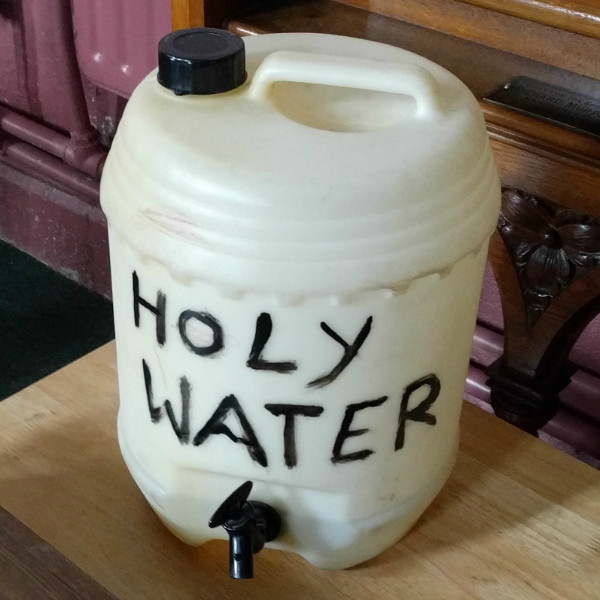
Back outside the church, I sit down on a bench across the street. Fifteen or twenty minutes have passed since I turned a corner and saw Fitzgerald’s in front of me. I’ve seen everything there is to see from the TV show.
Yet instead of feeling elated, I feel sad and depressed. There are few signs or references to the TV show, just a small one-room tourist office with a wall display about the show, and the framed headshots and bios of the principle characters on the walls in Fitzgerald’s pub. The car park behind me is mostly empty, and the few tourist busses that are parked here are interested in the woolen mill at the edge of town.
It’s as if the two characters who brought the story of a rural Irish village to life have faded into obscurity, and only a few die-hards like me remember that it ever existed at all. I wish that I’d been able to come fifteen years ago, when the show reached 10 million people and bus after bus of tourists couldn’t wait to explore Avoca.
Today most of the tourists come for the Avoca Handweavers Mill, the oldest working mill in Ireland. I have little interest in seeing the mill, but I am here now, with several hours of my afternoon left and no desire to start the 2 hour hike back into town just yet.
The mill is a short five minute walk from my bench, and it’s a pleasant surprise of gravel pathways and white-washed buildings. Strolling through the gift shop, I finally connect the dots: the Avoca cafes and gift shops I’ve admired in Dublin and at Powerscourt are owned by the same company that owns this mill.
Intrigued, I decide to take a tour of the mill itself. It was established in 1723 as the place for locals to weave wool and grind corn to feed the busy mining community in the valley. It became the Avoca Woolen Mills somewhere in the mid-1800s, and was purchased by the three Wynne sisters in 1937.
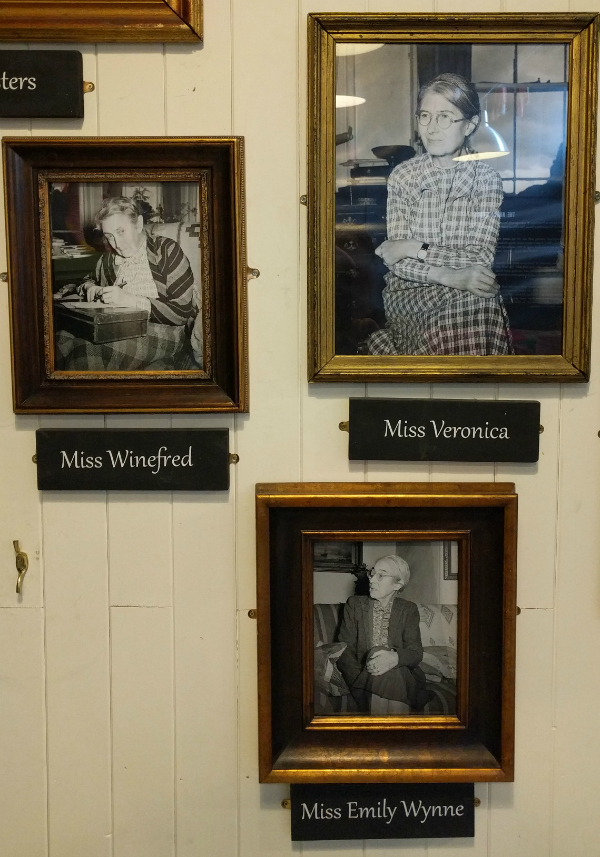
Miss Emily, Miss Winifred, and Miss Veronica brought the unusually bright colors to the Avoca brand. They even sent a hand-made shawl to the queen for one of her children.
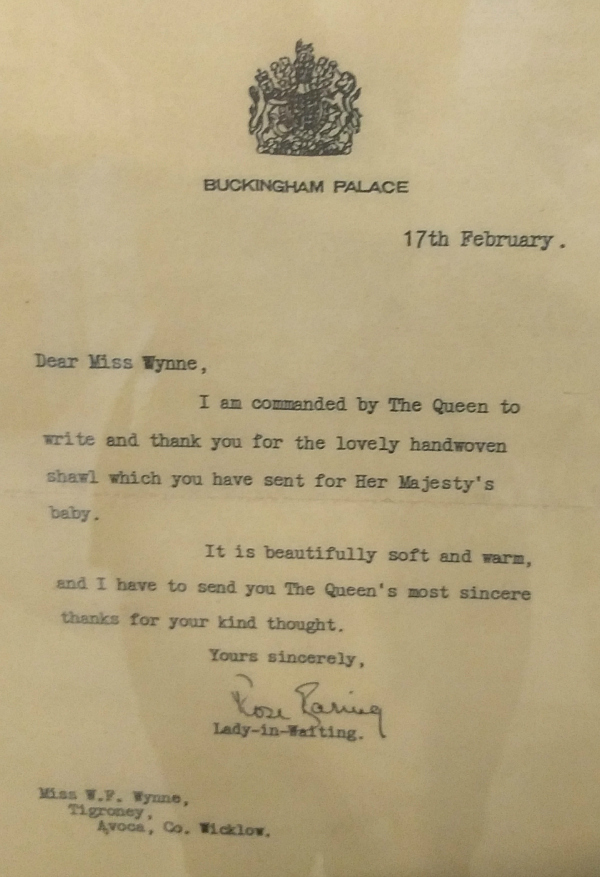
But by 1974, the Wynne sisters had died and the mill was facing closure. Donald Pratt, the solicitor hired to handle the sale of the mill, decided to buy the mill and see if he could get it back on its feet. With lots of help from his wife Hilary and Jim, the mill’s onsite manager, Avoca Woolen Mills became a success story.
Impressed by the story of the mill’s near demise and spectacular recovery, I’m curious to head upstairs and see where the waving is done.
The second and third floors of the mill are huge rooms, running the entire length of the building. It’s surprisingly light inside, though, and there’s a feeling of space despite the presence of several hand looms, winding machines, and storage boxes.
Walking around the looms that hold half-finished textiles, it’s easy to see that the distinctive bright colors made famous by the Wynne sisters are still a vital part of the Avoca trademark.
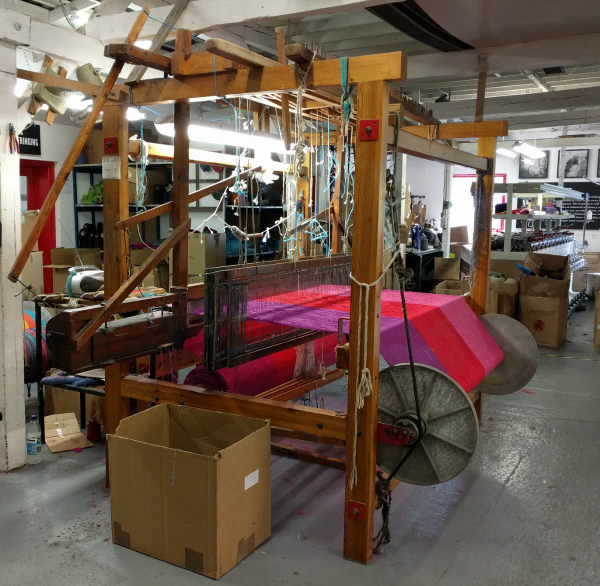
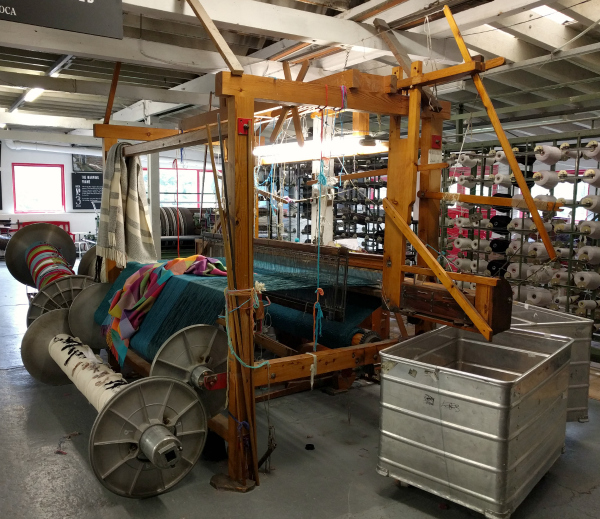
Since it’s Saturday, most of the looms are without their human operators. However, one gentleman is moving between his loom and this mechanized winding machine.
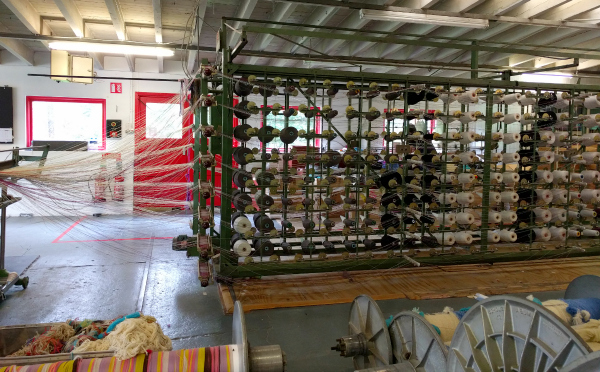
I watch him work his loom for several minutes, fascinated by the clacking of the machine and the precision with which the peddle alternate which strands will be woven on each pass.
The third floor workspace holds even more machinery, but this time it’s automated machines designed to create the fringes on the edges of blankets.
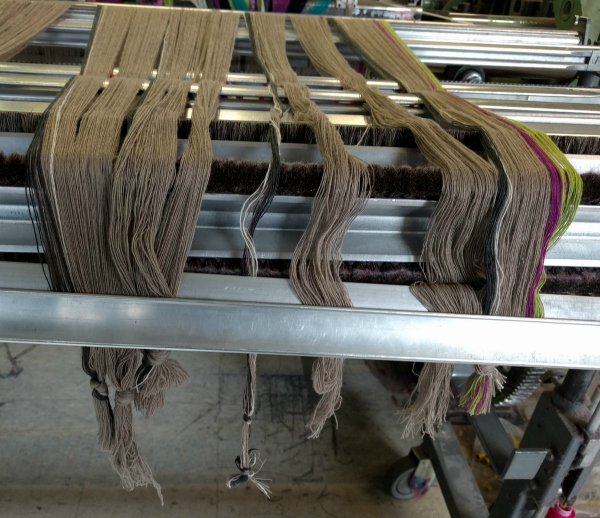
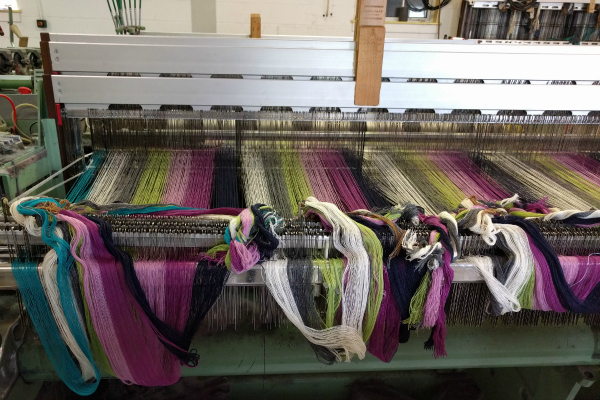
There’s also a power loom on this floor. I’ll admit it looks more sleek and precise than the hand looms downstairs, but it’s completely lacking in ambiance or technique.
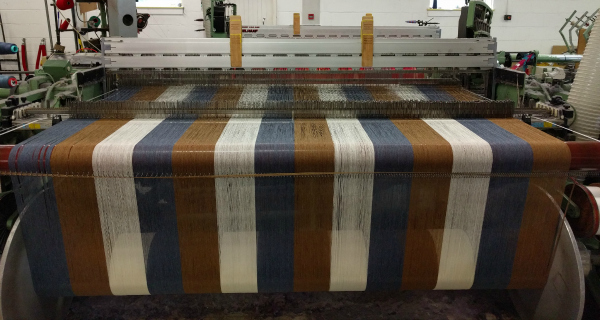
My visit to the mill has helped to dispel the sense of sadness I felt earlier. I wander back up the main street, stopping in the visitor’s center to chat with the gal on duty and then on to Fitzgerald’s for a pint and lunch before heading back to town.
Although the outside of Fitzgerald’s looks exactly as it did in the show, the inside is nothing like. I spend some time reading the character bios on the wall, and find it interesting that it’s the character, not the actor bios, that have been posted. A local couple next to me at the bar strike up a conversation, and it’s obvious from talking to them that they love Avoca and have no desire to leave. That, at least, jives with the feeling of the TV show.
Finally it’s time to leave Avoca and start the two hour walk back to town. I look back just before the road curves, remembering the way Fitzgerald’s and Hendley’s looks in the afternoon sunlight, the spire of the church just behind. It’s been a strange sort of pilgrimage, and I still think visiting TV or move film locations is weird. But I’m glad I did it.
The rest of the day passes in a lazy haze. Not far out of Avoca, the gal from the tourist office pulls over and offers me a lift into town. She and her two boys are headed in for the carnival. I wander around Arklow, taking in the carnival (a half dozen rides in a parking lot that I would not have believed big enough if I hadn’t seen it with my own eyes) and stopping at the local charity shop to buy some books.
There’s a miscommunication about the bus stop back to Dublin, so I wander around more of Arklow, trying to find the one stop that isn’t closed. Finally I give up and take the last train of the day back to Dublin. I exit the train station just as the 10:00 pm express bus I’d hoped to catch whizzes past.
There’s a moment of panic when the midnight bus to Belturbet isn’t displayed on the departures board at the main bus station. A security agent explains that the bus station closes at 11, and that the half dozen or so midnight buses will all pull up to the back of the bus depot around midnight.
I read in the bus lounge until we’re all kicked out at 11, then stand outside the back of the station. I strike up a conversation with Cody, a university student from Atlanta who’s spending his semester abroad in Wexford. We have practically nothing in common except our American accent, but we spend a lovely 45 minutes talking about what it’s like to live in Ireland, what kind of career he’s thinking about, and the metal show he was earlier that day.
By the time my midnight bus comes, I’ve been on the road since 6:30 am and all I want to do is get home and sleep. The two hour ride seems like it will never end, but I finally get off in Belturbet at 2:00 in the morning. It is the latest I’ve arrived home from a day out in a very long time. It may, in fact, be the latest I’ve ever arrived home.
Despite a couple of bus mishaps, I’m still glad that I made the trip. I’ve wanted to see Avoca for a long time, and I’m glad I didn’t wait any longer than I did! I probably won’t seek out film locations in my travels, but if they happen to be in or near in the places that I’m visiting, I’m far more likely to consider them than I would have been before this pilgrimage.
A pity that I left my Ballykissangel DVDs at home, though. It would be so lovely to pop them in and re-watch them with Avoca fresh in my memory . . .
Up next: a day at the Dublin Horse Show!

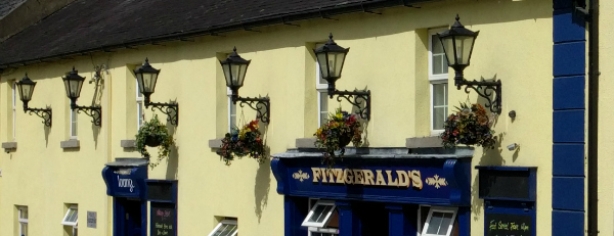









Leave a Reply